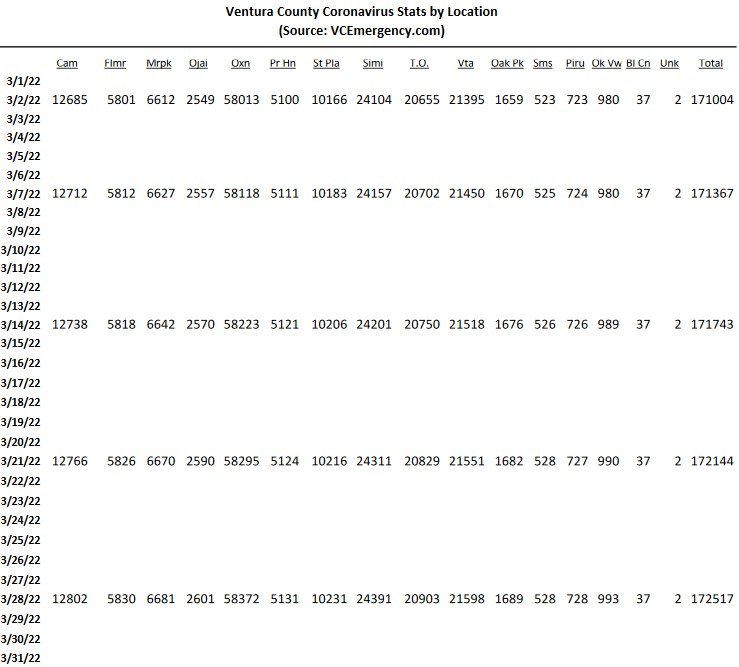If you are a minimum wage earner in California, on January 1, 2022 you received a pay increase of either 7.7% or 7.1%.
It depends on if your employer has 25 or fewer employees or 26 or more employees. If you work for a smaller employer, the California minimum wage increased from $13 to $14 per hour. If you work for a larger employer, your wage increased from $14 to $15 per hour.
California minimum wage rates have increased from $10/hour (small employers) and $10.50/hour (larger employers) in 2017 to the current day rates by law to $15 over 5 (large employers) to 6 (small employers) years. Large employers are now at the $15 target rate. Small employers are planned to escalate one more dollar to $15/hour on January 1, 2023.
The federal minimum wage for 2022 is still $7.25, a rate unchanged since it became effective on July 24, 2009.
California minimum wage rates apply to Ventura County residents. But City of Los Angeles and County of Los Angeles minimum wage rates are currently also $15/hour for all employers.
Looking for a higher minimum wage? Move to San Francisco, where the rate is currently $16.32 per hour and will be adjusted for inflation on July 1, 2022.
Looking for states with minimum wages set at the federal rate of $7.25/hour? That would be Alabama, Georgia, Idaho, Indiana, Iowa, Kansas, Kentucky, Louisiana, Mississippi, New Hampshire, North Carolina, North Dakota, Oklahoma, Pennsylvania, South Carolina, Tennessee, Texas, Utah, Wisconsin and Wyoming.
California’s minimum wage rate in 2022 is 2nd only to Washington D.C., which is at $15.20. Next closest is Washington at $14.49 and Massachusetts at $14.25















